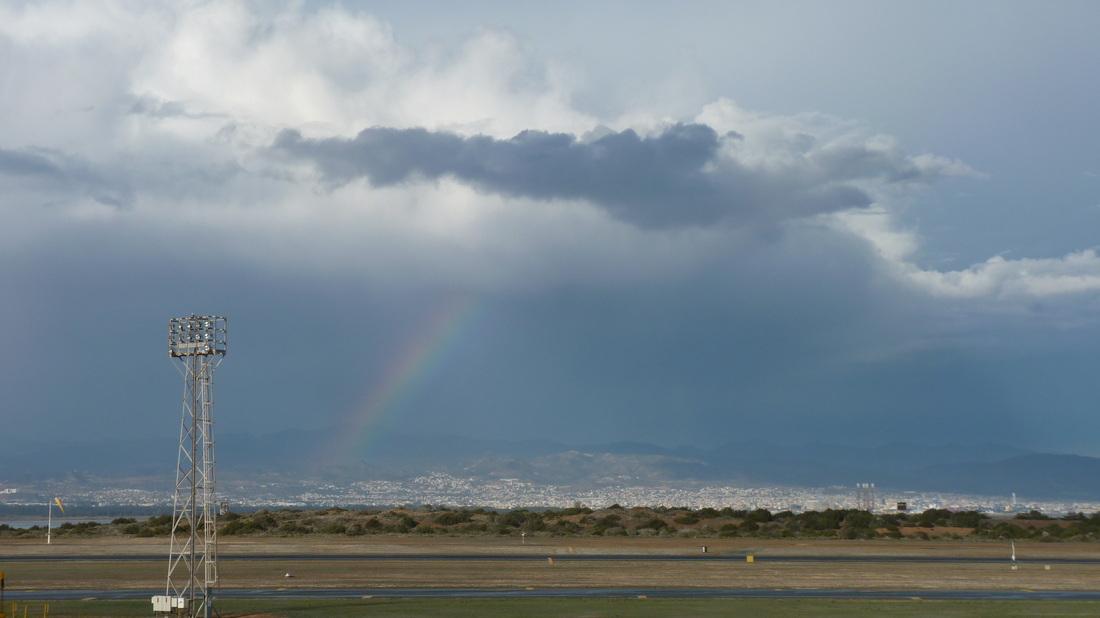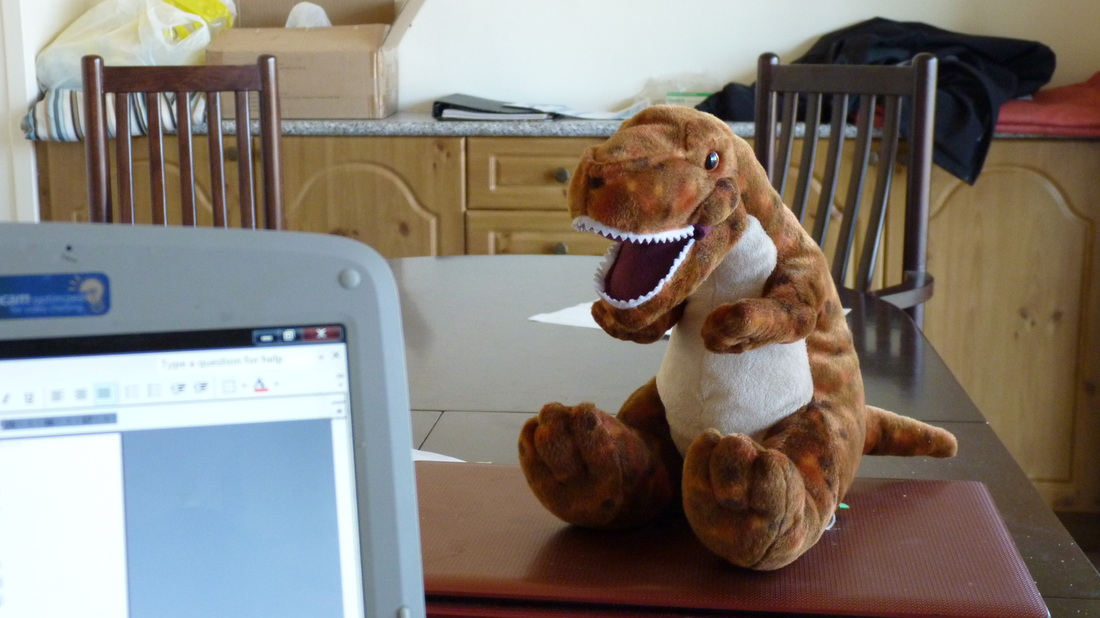
"Bye-bye Akrotiti"
Well, here I am back in grey, damp, freezing Britain. It’s getting dark before it’s really got light properly today. The journey home was quite interesting. We took off as scheduled at 7pm, after sitting around the air terminal for over four hours as the military like you there good and early. We started our approach at Brize Norton in Oxfordshire still on time at about 9.45pm (local time), it was a bit misty, but the lights below etc looked pretty clear from my plane window. About 50 feet above the runway, the pilot realized he didn’t fancy it, and aborted the landing. Back up to cruising altitude for a bit, and then an announcement over the speakers that we were re-routing to… Manchester (about 150 miles from Brize). We landed Manchester at around 10.15pm. About 11pm we were told that coaches were being dispatched from Brize, and would be with us in about 3 hours….
Obviously, we’d caught the good folk at Manchester Airport a bit on the hop, so it took them about an hour to get us off the plane. Baggage reclaim was a bit chaotic, with piles of body armour and helmets going round and round, so another hour was spent there. A couple of large coaches arrived c 2.00am, but they were not for us, and eventually eight of us were crammed in to a space bus taxi and headed off to Brize about 2.30am.
We arrived at Brize c 5.00am, and a short prayer to the motorcycle gods was rewarded by my bike starting first time, despite the fact that it had been parked up in the drizzle without a cover for 11 days. On with slightly damp bike gear which had been stowed in the boxes on the bike for the whole time, strap luggage to bike, and away. Did I mention there wasn’t a trace of fog of any description at Brize by this time? Got home at 6.45am as the sun came up (well, as the sky changed from black to dark grey). Five hours sleep and I’m feeling a little bit more human now, although the central heating is on full blast to compensate for the 15 deg C drop in temperature compared to this time yesterday…
So, what am I going to miss about Cyprus (in no particular order)?
The weather
The awesome archaeology
The beaches
Being both James Bond and Indiana Jones in a single morning
The Op Nightingale Crew
Beer @ 1 Euro per bottle
Brandy Sours @ 90c each
Red Lucky Strikes @ 4 euros a pack
Meze
What am I not going to miss about Cyprus:
The speed bumps
The base at Akrotiri is littered with the biggest speed-bumps in the known universe, apparently distributed quite randomly. Suspect I have a compressed spine after 11 days bouncing over these things in the Landie and the long-wheelbase Transit minibus.
Life on the base was comfortable, but driving around the housing estates where the military (and us) lived had quite an odd feel. One of my first impressions led me to name it ‘Stepford’, as in the sci-fi film ‘The Stepford Wives’ because the domestic areas were so uniform. All the houses are identical, and all painted the same colour, beige and cream with blue shutters, and while I’m sure that played a big part, there was a lot more to it than that. There was also very little traffic, and no cars parked on the road as everyone had a drive-way, no litter, no graffiti, no stray dogs or kids hanging around on street-corners or in front of shops, but it was only yesterday that it finally hit me: the demography. Basically, everyone I saw walking around the base in civvies was off-duty military, and hence in excellent physical condition and under 50: no old people, no fat people (children or adults). It’s actually quite strange.
So, that’s it from the blog for this year’s trip. Looking forward to going back next year already, getting trowels into some of the fabulous archaeology we’ve been walking over, and meeting up with the lovely, lovely Op Nightingale crew again. The whole trip, and yesterday in particular, was in many ways for me a quite humbling experience. I hope I managed to steer through it largely with stoicism and good humour. If a paraplegic and a blind bloke could retain their sense of humour throughout out the whole thing, then us able-bodied types didn’t really have any right to start kicking off when things went a bit wrong.
PS: This blog saw over 5000 page-views and over 1200 unique visitors during its run. Thank you all very much for taking the time to read my ramblings. Back next year!

 RSS Feed
RSS Feed
